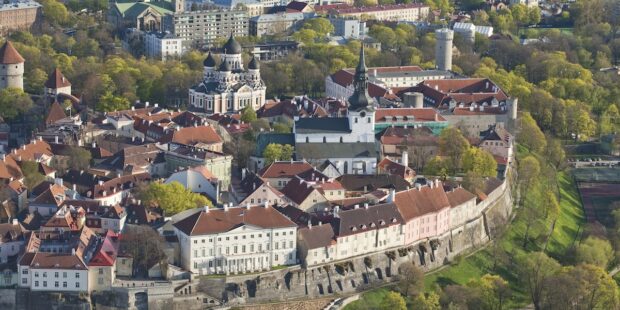Internet use in Estonia is not just growing but changing
Text Mark Taylor Photo Mikayla Mallek / Unsplash
A survey just released by Statistics Estonia on information technology use shows that inhabitants of Estonia are active users of the internet, with more than 92 per cent of households now having an internet connection. The way the internet is used is also changing as we head out of the pandemic with fewer people now shopping online and more using internet-connected devices such as smart TV’s, thermostats and robot lawnmowers.
“A survey on information technology in households conducted by Statistics Estonia in the second quarter of this year reveals that 92.4 per cent of households in Estonia have an internet connection at home. This is 2% more than last year,” said Epp Remmelg, an analyst at Statistics Estonia.
Having internet at home, in turn, allows for the use of various internet-connected devices. More than half of internet users now use a smart TV. And, two out of five people use internet-controlled home appliances such as thermostats, lights, security cameras, alarms, or internet-connected household appliances like robotic lawn mowers or vacuum cleaners.
The internet is still used by nearly all (99%) younger people and those in early middle age (up to 44 years of age). The number of internet users decreases from the age of 45 onwards, with 85% of 55–64-year-olds and 69% of people of retirement age (65–74-year-olds) using the internet.
“It is worth noting, however, that at the beginning of the coronavirus pandemic, internet use in older age groups was up as much as 17%, whereas this year it has increased only 5%,” Remmelg added.
The most common purposes of using the internet are e-mail (91%) and internet banking (91%), as well as finding information (86%) and reading online newspapers and magazines (87%).
“Compared with last year, the biggest increases occurred in participation in online debates or polls on civic or political issues and in downloading documents. The latter is directly linked to the need to download a COVID-19 passport and vaccination certificate – as many as 74% of internet users did so,” explained Remmelg.
The number of e-shoppers also fell slightly due to the end of coronavirus-related restrictions.
“The structure of online shopping has changed compared with last year and the overall pattern is similar to the pre-pandemic period. Online store purchases of household goods and, to a lesser extent, food and consumer goods have fallen. One in three who used e-commerce last year bought household goods, whereas only one in four did so this year,” Remmelg said.
At the same time, with the easing of coronavirus restrictions, there has been a sharp increase in the online purchase of tickets for various events, accommodation services and other travel services as well as related insurance policies. The number of these purchases, however, has not yet reached 2019 levels.

To learn more about this and similar topicse-mail Internet Internet Connection Internet Use Online Shopping Pandemic Statistics Estonia










